The Curious History Of The 10-Gallon Hat: More Than Just A Cowboy Icon
When we think of cowboys, the image of a broad-brimmed, high-crowned 10-gallon hat often comes to mind. But what’s behind this iconic headwear?
Surprisingly, the name doesn’t refer to its ability to hold liquid; rather, its origins are steeped in linguistic history and cultural crossover.
Join us as we unravel the fascinating story behind the 10-gallon hat.
The Name’s Origin: A Linguistic Mystery

Despite common belief, the term “10-gallon hat” doesn’t signify a hat that can hold ten gallons of liquid—an impractical notion, given that such a volume would weigh over 80 pounds.
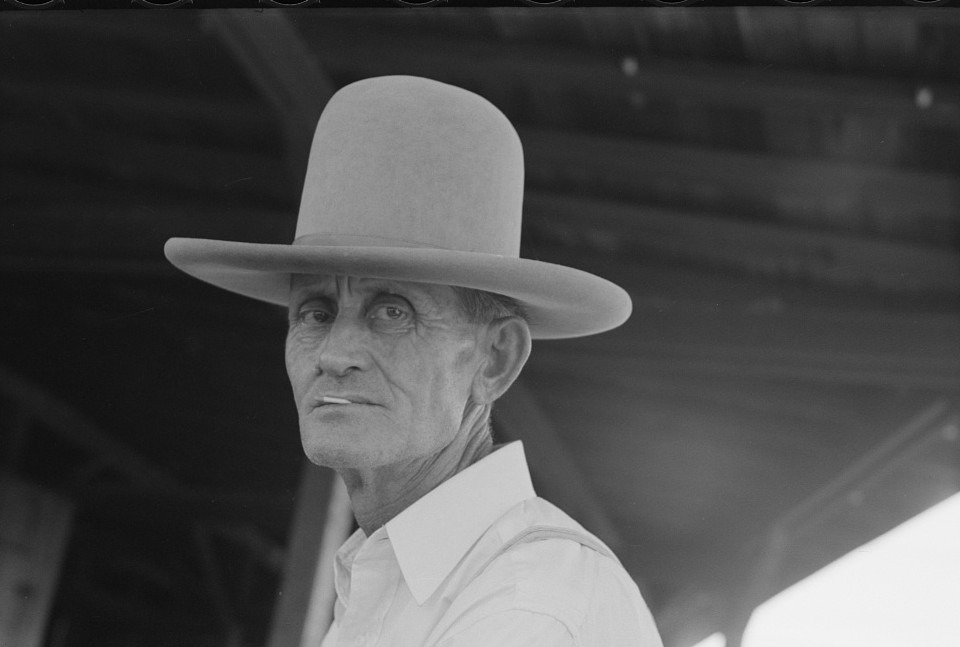
Historians suggest that the name may stem from the Spanish word “galón,” which translates to “braid.” Traditionally, these hats featured braided hatbands, and a “10-galón sombrero” could hold ten braids.
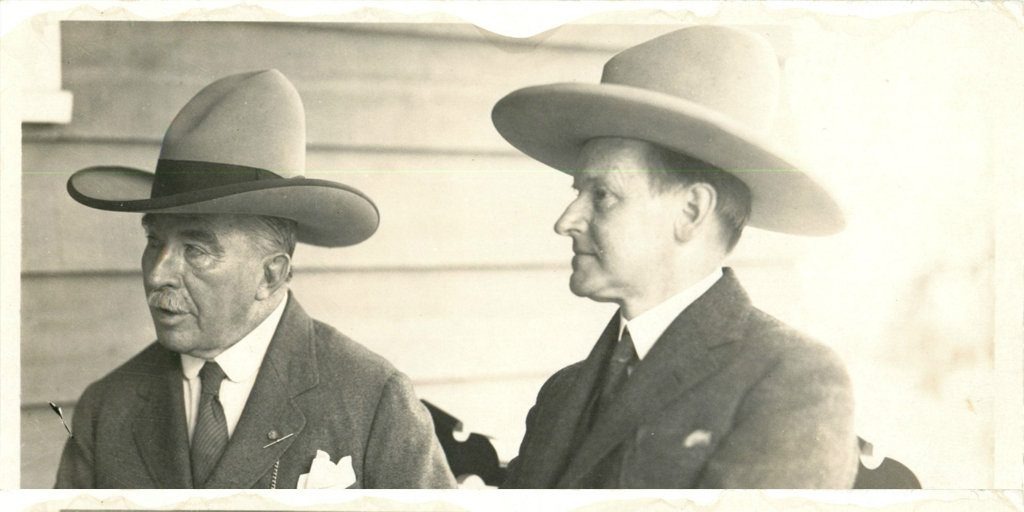
Another theory posits that it comes from the Spanish phrase “tan galán,” meaning “so gallant,” reflecting the majestic appearance of cowboys in these hats.
From Sombreros to Cowboy Hats: The Evolution

The 10-gallon hat didn’t emerge until the late 1800s, thanks to John B. Stetson. Before then, cowboys wore various styles, including bowlers and top hats.
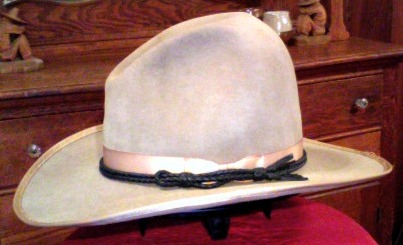
Stetson, a New Jersey hatmaker, designed a broad-brimmed hat that provided protection from the elements, inspired by Mexican sombreros.

His designs quickly became synonymous with the American West, and Stetson’s influence transformed the hat into an iconic symbol of cowboy culture.
Cultural Significance in the American West

Evening Star (Washington DC), May 20, 1924, page 17.
The 10-gallon hat is more than just a fashionable item; it represents a rich cultural heritage.

Initially, it wasn’t the go-to choice for many cowboys; instead, hats like the bowler were favored for their practicality.
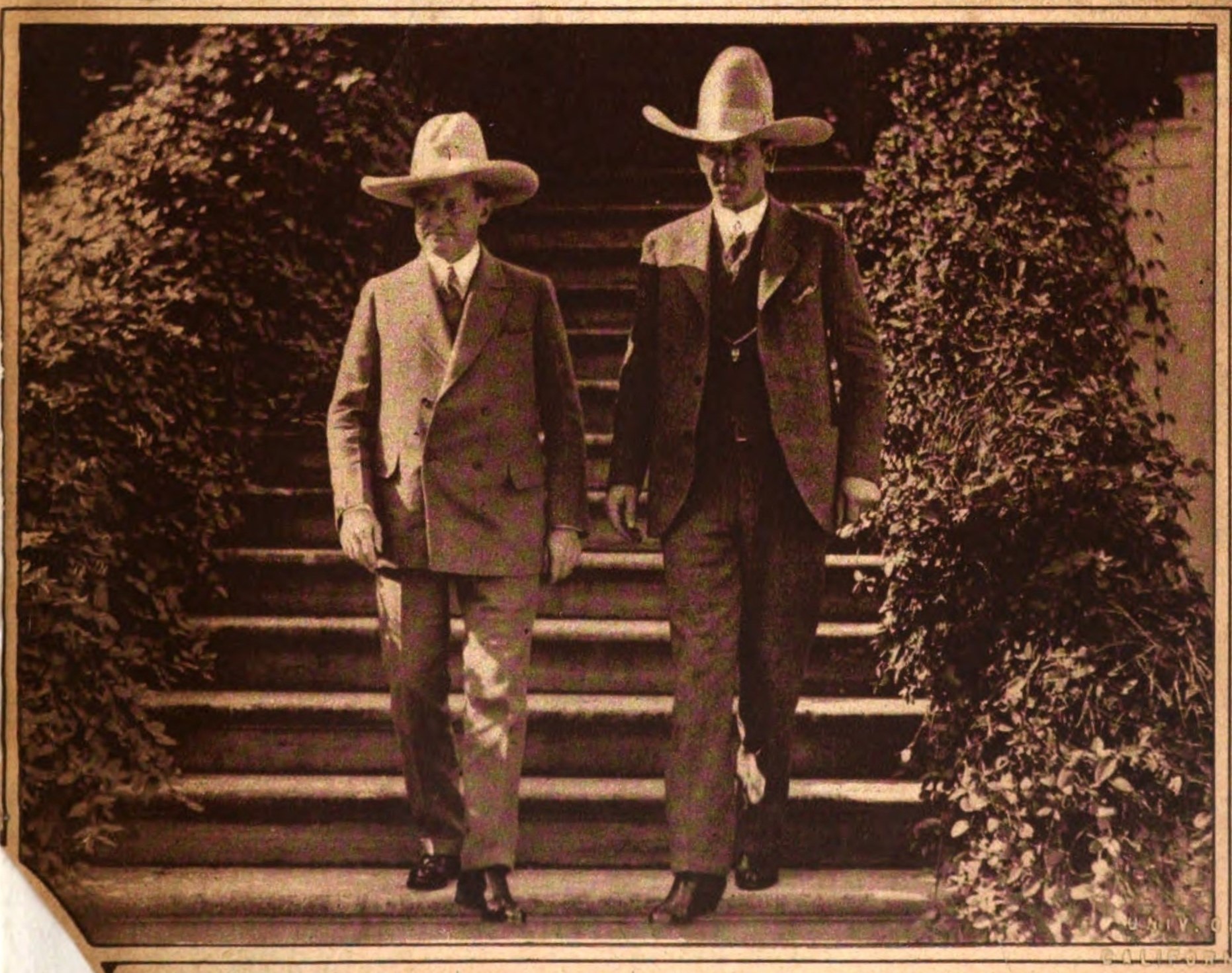
However, with the rise of Hollywood Westerns in the 1920s, the 10-gallon hat became a staple of cowboy attire.

Stars like Tom Mix and Tim McCoy popularized the look, establishing it as a quintessential element of the cowboy persona.
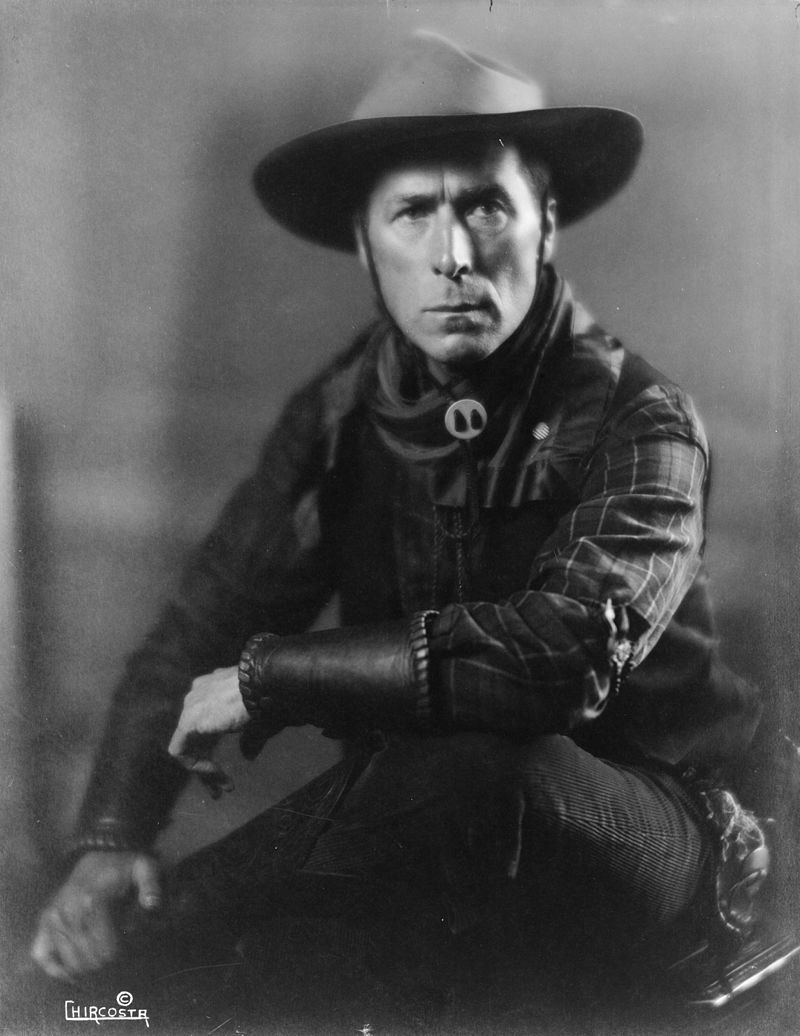
The 10-gallon hat has also served as a visual cue in storytelling, with different colors and styles representing various character archetypes in Western films.
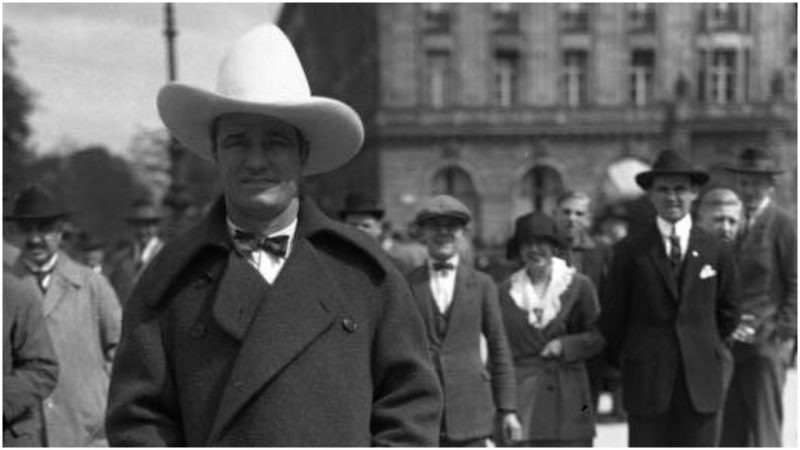
For example, white hats often signified heroes, while black hats were worn by villains.
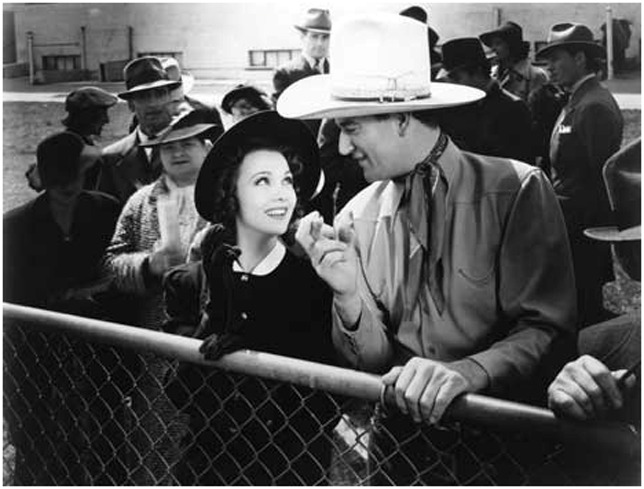
This dichotomy helped solidify the hat’s role in shaping perceptions of good and evil in American cinema.
Modern Interpretations: A Timeless Classic
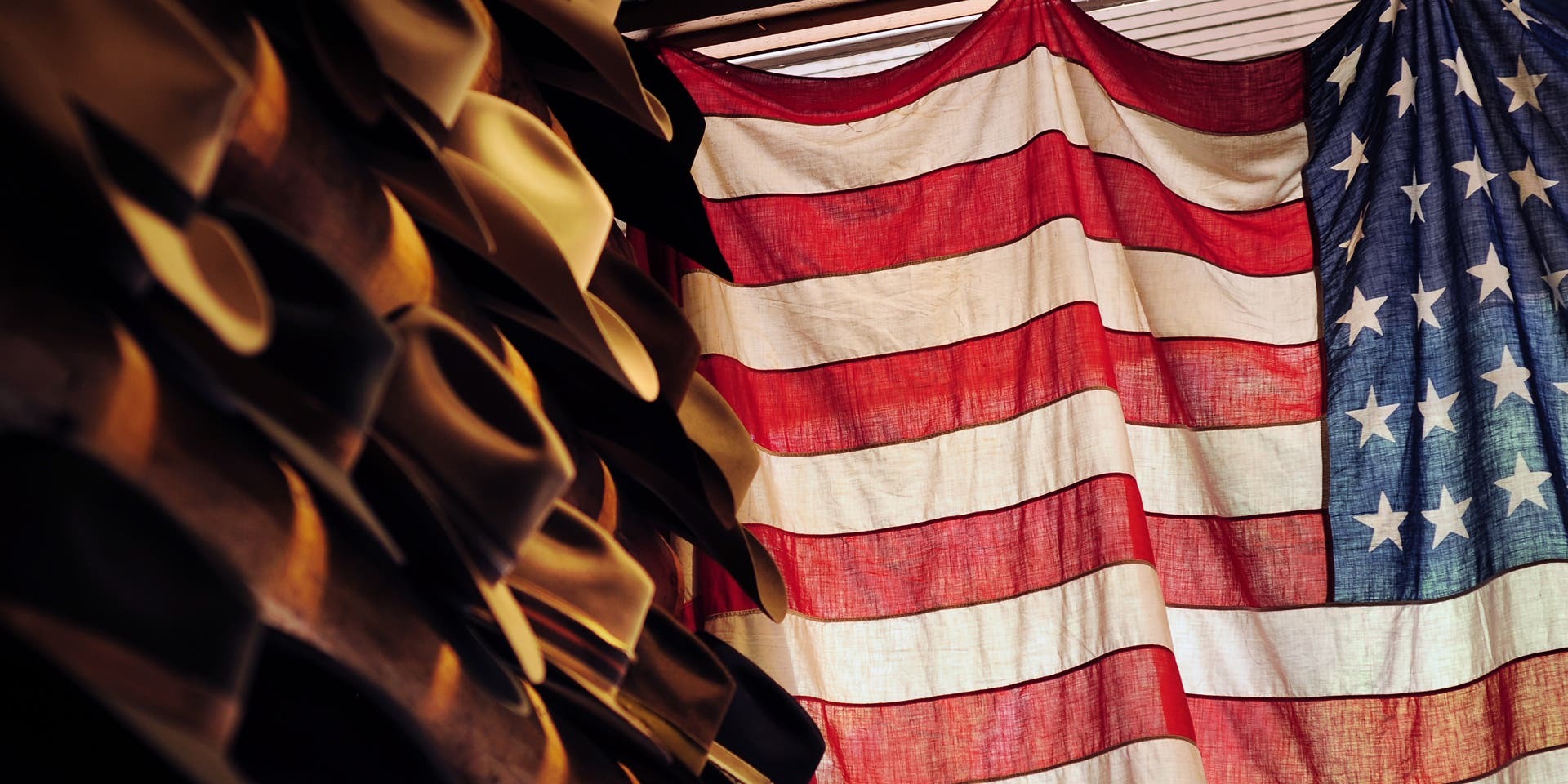
Today, the legacy of the 10-gallon hat continues, with modern styles incorporating diverse materials like leather and straw.
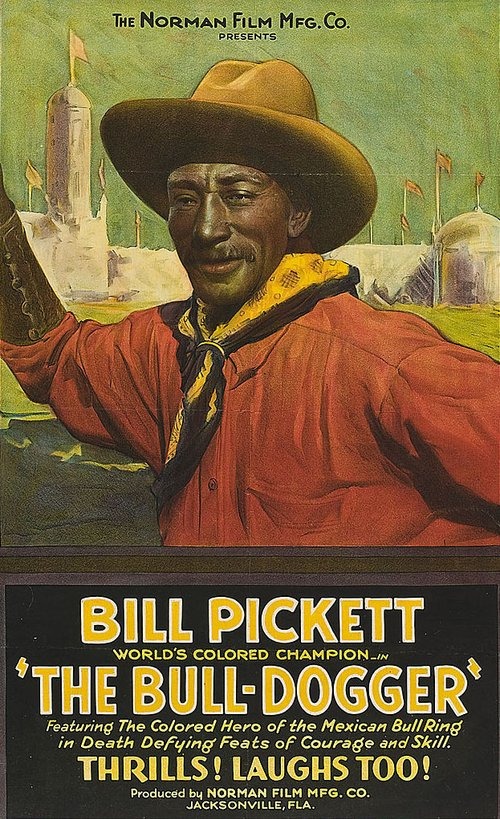
While it may no longer serve as the everyday headgear for most, it remains a popular choice for rodeos, country music concerts, and Western-themed events.
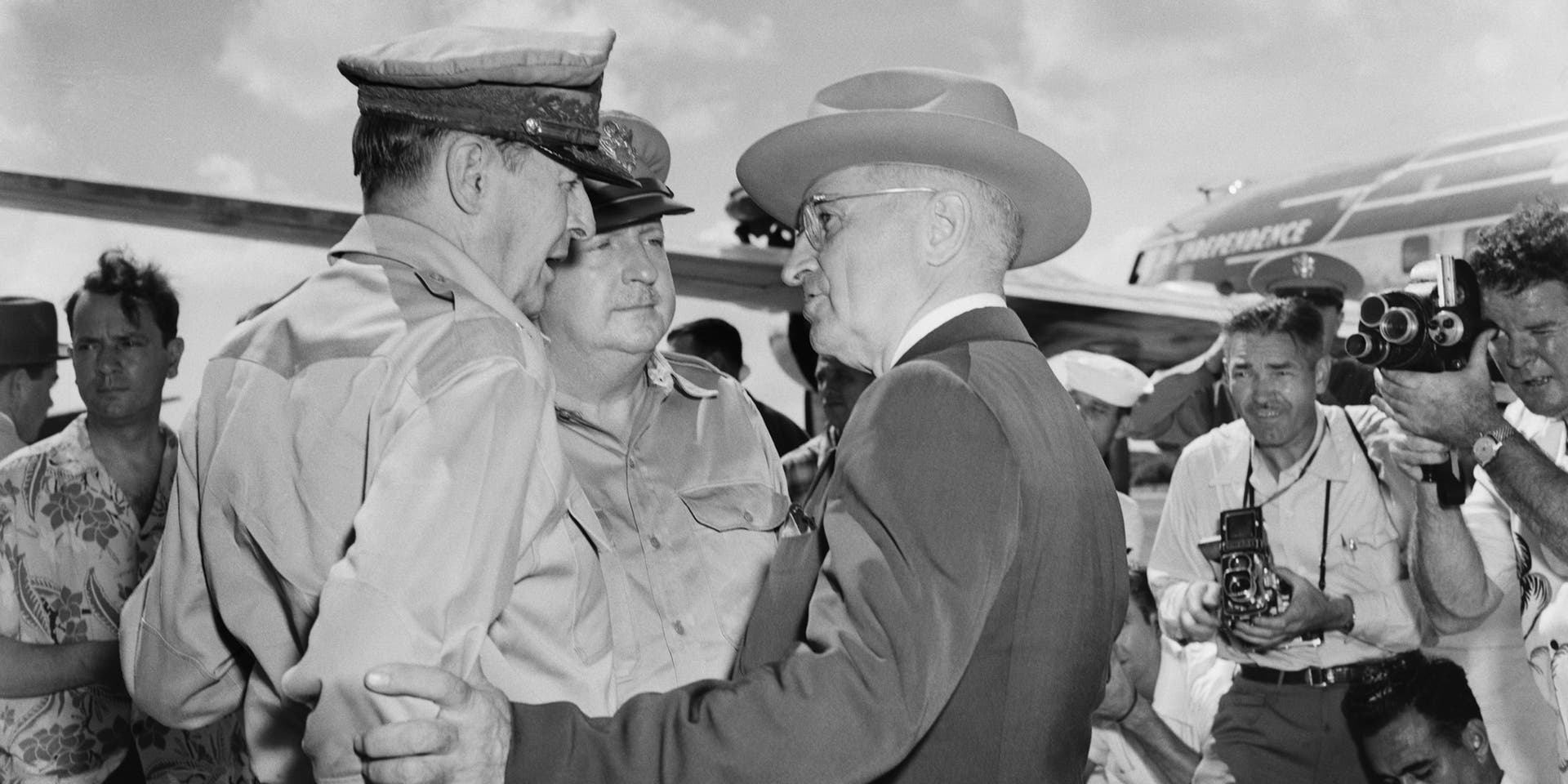
Companies like Stetson continue to innovate to ensure that the essence of the 10-gallon lives on.

